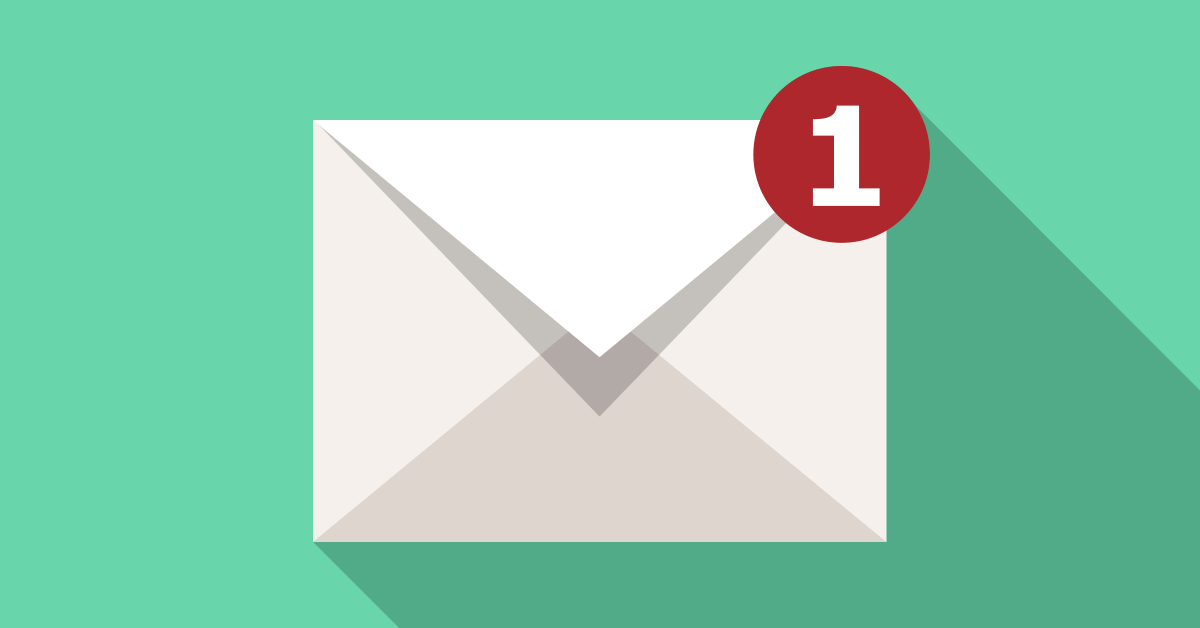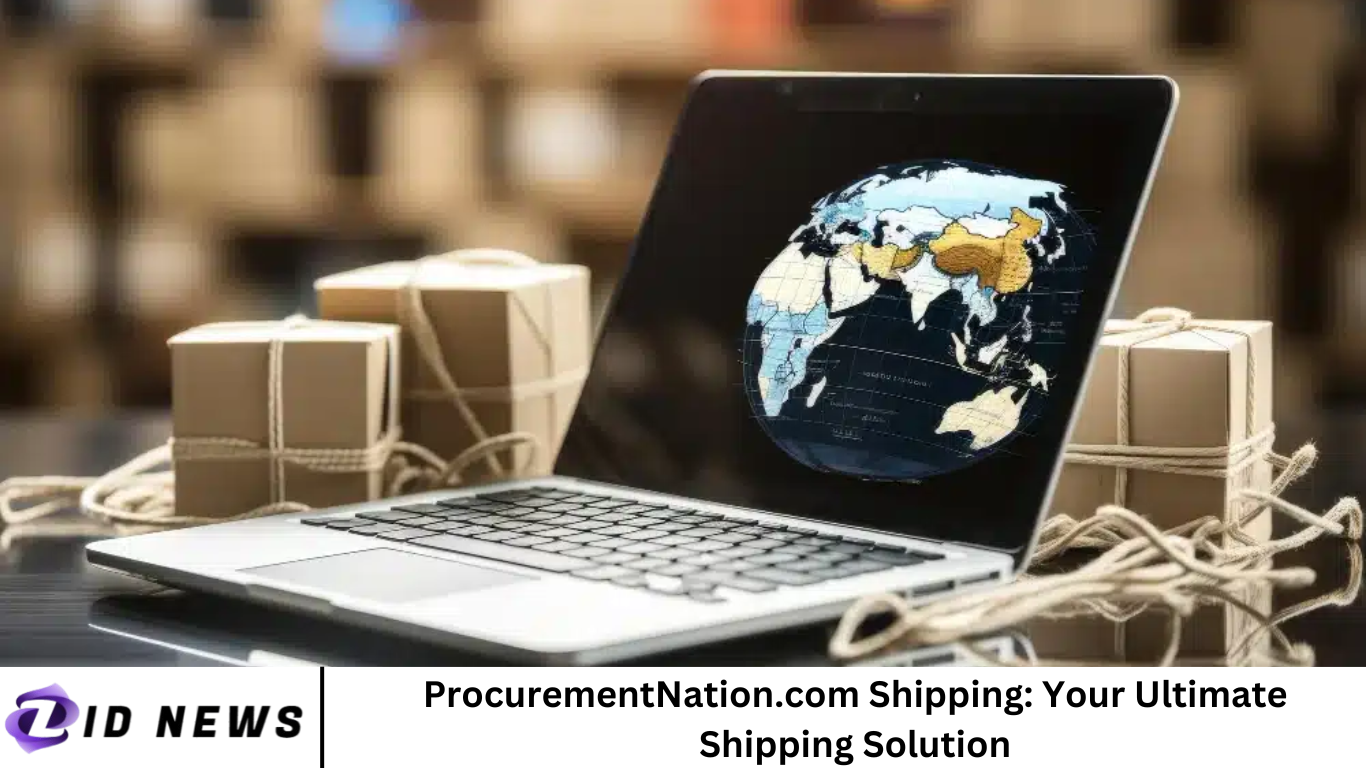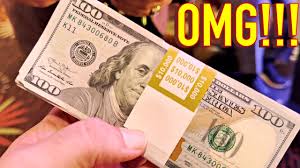Subject Line Gold: Easy-To-Use Online Tools for Crafting Email Newsletters That Convert

Email newsletters are one of the most powerful and affordable marketing tools for creators, entrepreneurs, and businesses of all sizes. Whether you’re building community, promoting products, or sharing content, the right newsletter strategy can drive serious results. But before you hit “send,” you need strong tools — not just for layout and scheduling, but also for branding, list management, and visual polish. If you want your emails to stand out in crowded inboxes, here are a few top tools (plus a helpful FAQ) to help you design, build, and grow your newsletter like a pro.
1. MailerLite: For Beautiful, Budget-Friendly Campaigns
If you’re just getting started or looking for a no-fuss platform with lots of power, MailerLite is a standout. It’s ideal for beginners and pros alike, with an intuitive drag-and-drop editor and pre-built templates that make it easy to launch your first newsletter in minutes.
One of MailerLite’s best features is its free plan, which includes automation workflows, landing pages, and embedded signup forms. The interface is clean and fast, and its segmentation tools let you tailor content based on subscriber behavior. It’s a great option for bloggers, freelancers, or startups who need pro features without a hefty subscription.
2. Moosend: Automation Meets Style
Moosend (yes, it’s spelled that way) is built for marketers who love sleek design and need advanced automation. The platform allows you to create behavior-triggered email sequences — like welcome flows, product interest series, or re-engagement campaigns — without writing a single line of code.
The visual editor gives you access to stunning templates, and you can A/B test your subject lines or content blocks. Moonsend also integrates with popular e-commerce and CRM platforms, making it perfect for businesses scaling their email efforts with minimal team size.
3. Bee: The Email Design Playground
For creators who want full control over layout, Bee is one of the most flexible drag-and-drop email editors on the market. You can use Bee to build emails from scratch or tweak one of their hundreds of templates for specific goals like event invites, product promos, or blog roundups.
Once your email is designed, you can export the HTML into platforms like Mailchimp, ActiveCampaign, or HubSpot. It’s a favorite among designers and marketers who want great emails without being locked into a single sending service.
4. Flodesk: Style-First Email with Serious Simplicity
If aesthetics are your brand’s superpower, Flodesk delivers. Its minimalist interface, stylish fonts, and beautifully responsive templates make it ideal for brands with a strong visual identity — think photographers, coaches, or boutique e-commerce shops.
One unique feature is Flodesk’s flat pricing model, which allows unlimited subscribers. Their workflow builder is one of the easiest to use, making automations feel less intimidating. It’s not the most analytics-heavy platform, but it shines for design-forward brands that want polished emails without the tech headache.
5. Kit: For Content Creators Who Want to Monetize
Created specifically for content creators, Kit is perfect for writers, podcasters, educators, and course creators. Its clean interface and tagging system make it easy to organize subscribers based on interest and actions.
Kit shines when it comes to audience building and monetization. You can create gated content, sell digital products directly from your email, and offer automated email sequences based on reader preferences. It’s a strong choice if you’re nurturing an audience over time and want to scale into paid offerings.
6. Stripo: Modular Email Templates You Can Export Anywhere
Stripo specializes in modular, responsive design — giving you the power to create sophisticated, interactive emails that can be exported to dozens of platforms. Whether you’re embedding videos, countdown timers, or dynamic content blocks, Stripo makes complex layouts manageable.
You can create reusable content blocks, collaborate with team members, and optimize your layout for mobile and dark mode viewing. Stripo is particularly well-suited for marketers juggling multiple brands or clients, thanks to its workspace management features.
📷 FAQ: Photo Editing Tips for Standout Newsletter Visuals
Your newsletter’s design doesn’t stop at the layout — the photos you include can make or break the impact of your message. Whether you’re showcasing a product, highlighting a customer story, or sharing a behind-the-scenes peek, polished images help establish trust and visual cohesion. Here are answers to some common questions about photo editing for email newsletters.
Q: What are the best free photo editing tools for beginners building newsletters?
For ease of use and professional output, Adobe Express, Pixlr, and Fotor are all excellent choices. Adobe Express is especially strong for its one-click enhancements and layout tools designed for non-designers. Pixlr offers both basic and advanced interfaces, and Fotor is known for its HDR and beauty tools — perfect for lifestyle imagery.
Q: I’m editing photos for a newsletter but don’t have Photoshop. What should I use instead?
You don’t need Photoshop to get professional results. Tools like Adobe Express give you the ability to crop, resize, and enhance images online — no software download required. If you’re working on a tight deadline and want to edit pictures quickly with AI-powered tools, this platform is a great go-to.
Q: Which editing tools offer built-in design templates for email campaigns?
Adobe Express includes email-friendly templates that help you keep image proportions aligned with common newsletter formats. Fotor and FotoJet also offer templates for banners, headers, and graphics that can be directly inserted into your campaigns.
Q: What are the best tools for compressing and optimizing photos for email loading speed?
TinyPNG, JPEGmini, and Squoosh are all reliable for shrinking file sizes without losing visual quality. These tools help your newsletters load faster on mobile devices — which is crucial since a large chunk of your audience will view your email on a smartphone.
Q: I want to maintain a consistent visual style across all my newsletter photos. What’s the best way to do that?
Use editing tools that allow you to save filters, presets, or custom settings. Adobe Express, for example, lets you apply your brand colors and effects consistently. This ensures that every image you include feels cohesive and on-brand, reinforcing visual recognition over time.
Building a standout email newsletter means more than typing out updates — it’s about creating an experience that subscribers look forward to. With the right mix of layout tools, automations, and visual polish, your email campaigns can go from forgettable to irresistible. Choose the tools that align with your goals and style, and let your voice shine in every inbox you enter.



